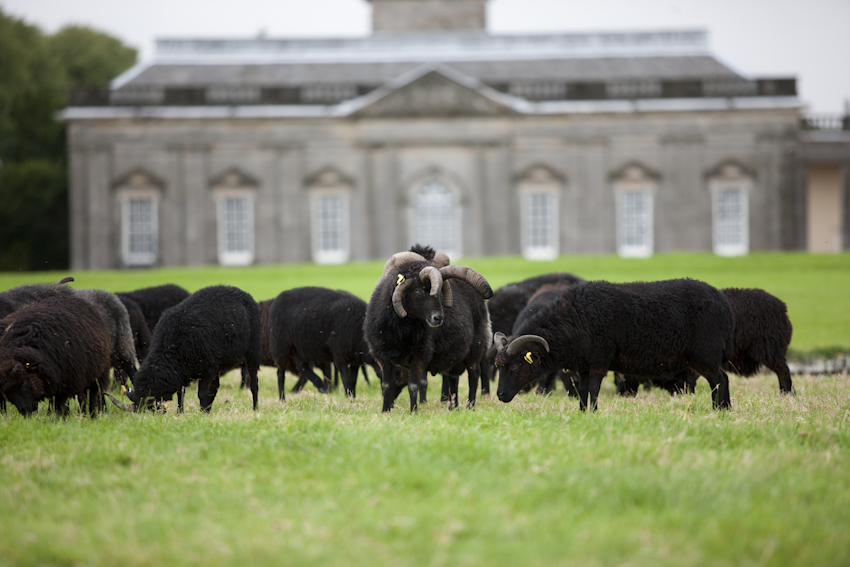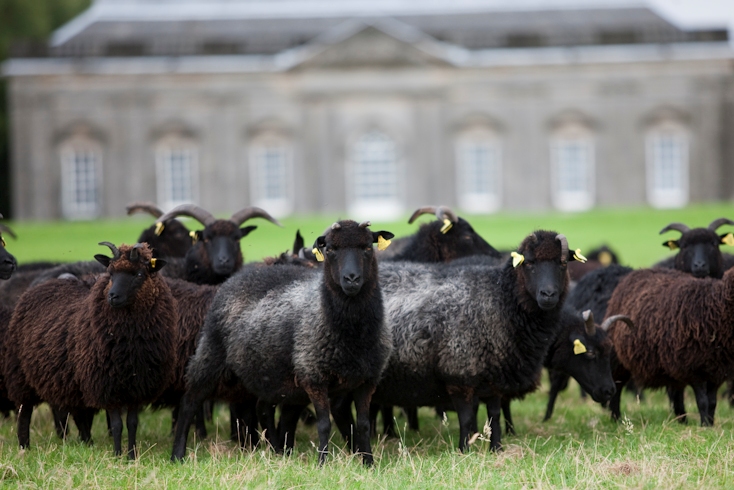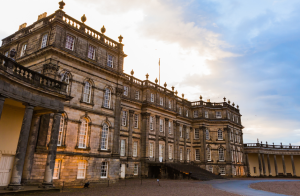Hebridean Sheep at Hopetoun – Old Breed for New Times

Visitors to Hopetoun will no doubt have seen the dark brown/black sheep which graze in a small paddock to the south of the main drive on the approach to Hopetoun House.
This is a Scottish breed of sheep, but one with an unusual history. For most of the past 150 years, the breed was known as the St Kilda but since the early 1970’s it has been called the Hebridean. It appears that the breed was derived from the ancient short-tailed primitive sheep known as the Dunface which over millennia (until displaced by the Blackface and Cheviot) had been the mainstay of small farmers and crofters. These sheep had fleeces of various colours and were two or four horned, polled (hornless) or scurred (partially horned) so basically came in all shapes and sizes. It is widely stated that these sheep were brought to Scotland by the Vikings or that they were brought to Scotland by foundering Armada ships, but there is no evidence to support these speculations
At Hopetoun we maintain a flock of 50 ewes and the girls have retained all the vigour, thriftiness and low management needs of the breed to this day. The ewes are bred annually for rearing lambs which are slaughtered for meat consumption. It is rare to see the ewes lamb but they will always commence lambing at the same time each year in the third week of March. The carcasses are light, have a very shallow covering of fat and the meat has a distinctive rich, gamey flavour. It is also lower in cholesterol and saturated fat than conventional lowland lambs. Naturally selection has instilled hardiness to all weathers and the ewes are never housed, but instead are fed ad lib hay and a concentrate feed to sustain them through the winter.
Once a rare breed, Hebrideans sheep have enjoyed a dramatic revival of late and the breed is now considered to be secure.

Categories: Hopetoun House


